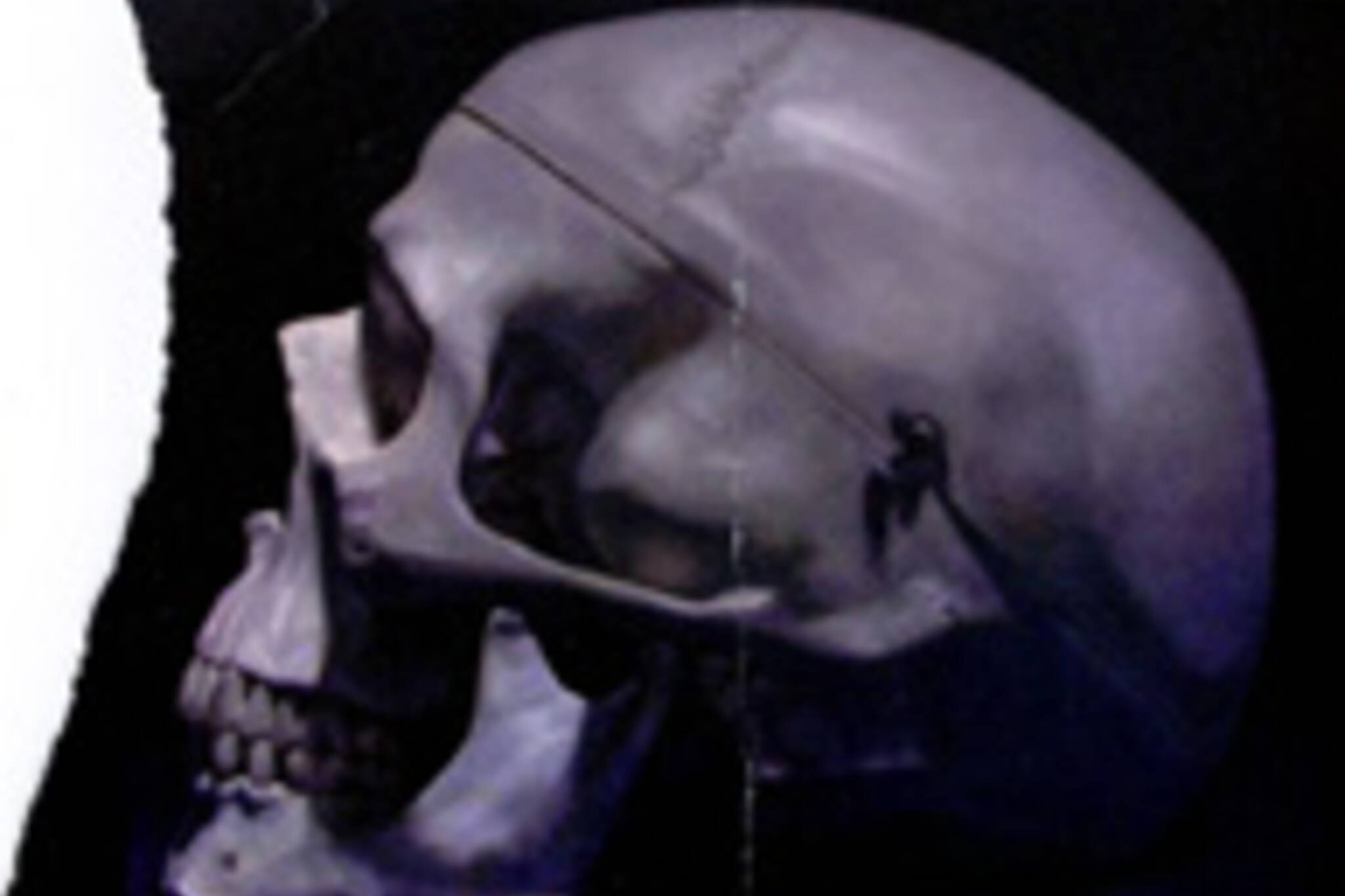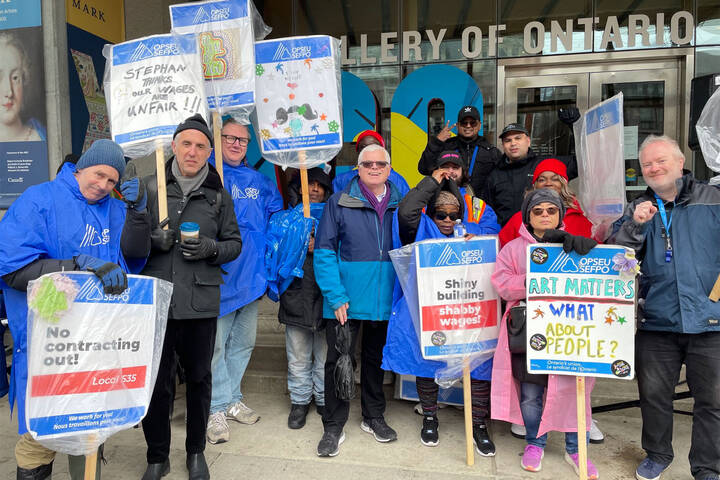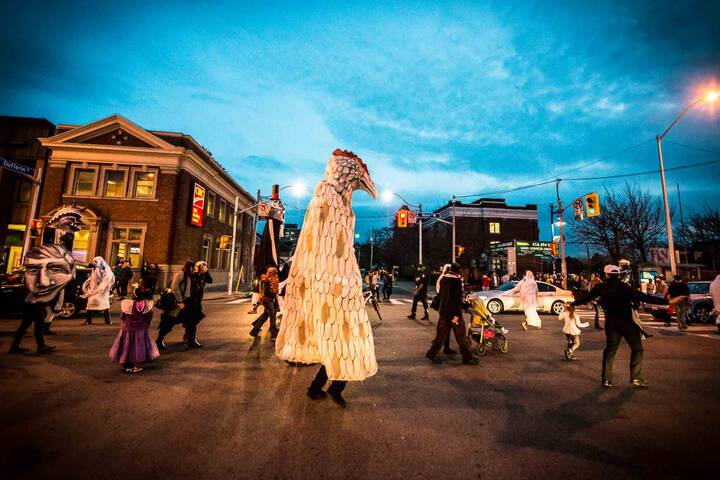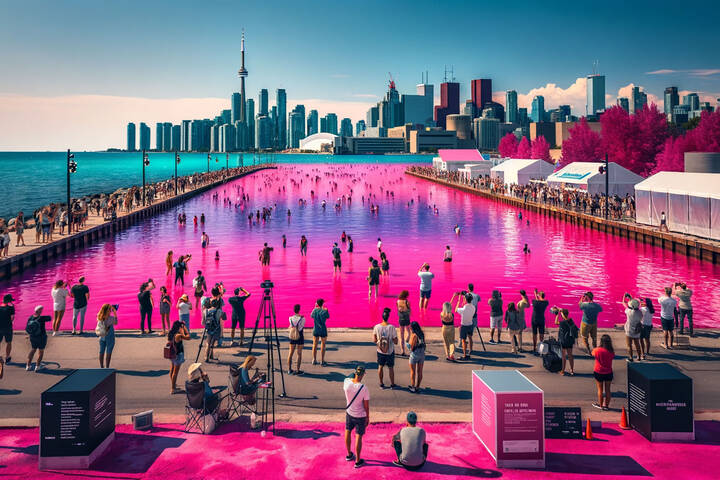
Queen Street's New Old Masters
I was at the MOCCA opening the other night (more on that later) and while there checked out the Dan Hughes show at Edward Day next door. To be absolutely honest, I was looking at the paintings while in the middle of introducing myself to a girl who turned out to be a painting student at OCAD, so we talked about it from the perspective of both being familiar with the medium. At one point I said, 'these are too 17th Century for me,' referring to their dark colour schemes. And I bring that up only to say straight away that the paintings weren't absorbing 100% of my attention.
I've recently begun to paint again after not taking it that seriously over the past few years, and I've been going after this New Old Mastercism that Donald Kuspit began talking about 6 years ago. Dan Hughes's show is just down the street from Mike Bayne's, which just closed at Katherine Mulherin's gallery, which I wrote about here and which mentioned Kuspit's defence of superior craft 'enhancing sight to produce insight'.
I'm afraid that the only immediate insight I got from Dan Hughes's show is that varnish makes paintings very shiny. (That and what follows after a couple of days reflection ...). My own recent experiences with practicing the craft of painting, in relation to rendering and toward the achievements of the Old Masters is that craft alone clearly isn't enough.
I'm reminded of one of the more famous excerpted essays I've encountered reading art and literary criticism, in which R.G. Collingwood states in his 1938 book, The Principles of Art, (quoting Coleridge): 'we know a man for a poet because he makes us poets', as Collingwood explains, 'the poet is a man who can solve for himself the problem of expressing it, whereas the audience can only express it when the poet has shown them how'.
Our everyday familiarity with language is enough to help us appreciate those who can use words well, and how a well turned phrase can unlock for us understanding not available by being inarticulate (hence my loathing of jargon based literary and art writing).
We don't seem to share such a facility with images, especially crafted ones, since most of us don't draw and paint, although most of us do take photographs. So someone like Dan Hughes, just because he can paint like that, means he gets a pass by default into a show. It also seems to mean that those who can't draw and paint are awestruck at first impression by his ability, so much so that the impression is one of appreciation, and if they can afford it, the seduction of their chequebooks.
Some stuff, by what it represents, will grow in value - like Mike Bayne's, whose images of today's everyday will appear quaint in a century and will tie that time to ours, giving them a sense of where they came from. But Hughes's images are already boring, and I'm uncertain as to how they could grow in value. Nothing represented is worth sharing, none of the images will help the future understand its past. Skulls, self-portraits, business men on stairs ... been there done that and gave away the t-shirt. I don't write this or what follows to be mean, nor to causally disregard it simply for the clichĂŠs that they are as much as I mean it as constructive criticism with hopes that Hughes will grow as an artist and that he can put his considerable skill to better use in the future.
And here I'll acknowledge what these images must be all about: they're studio exercises he's trying to offload because he doesn't want to store them somewhere. He must be thinking, 'might as well sell them to someone who'd like to have it in their livingroom' which is all fine and dandy, but let's be clear about that.
I need to point out that the main thing that makes these images uninteresting is the dark colour scheme - like I said, it's too 17th Century, when it was fashionable for paintings to be dark. There was a reason for that then, namely, the high cost of coloured pigments against the sort of mass production of images for people's homes - for a while there, paintings were affordable for the masses. For his own reasons, Hughes has chosen to ignore the past 150 years of paint and pigment development. And part of this criticism also fits into my pet theory of Canadian painters being united via a coincidental (aka cultural) appreciation for bright pallets - something that would seem to have lots to with our being a northern latitude country. So, if he'd used bright colours, filled these paintings with light, taken advantage of the range of affordable pigments available to early 21st Century painters - then I imagine these images transformed, amazing, worth going to see.
As it is, we can do that ourselves with Photoshop. In that sense Hughes is accidentally at the cutting edge of what's going in our culture at large. Recognizing that the form crafted in the studio (the painting as object) is ultimately only the first version and separable from the content (the image), which can be modified, and re-edited, manipulated, etc. One day, one of these images of one of these paintings will have its levels adjusted in Photoshop before being printed for a bedroom wall. And that is what it comes down to. He, nor the gallery, nor the buyer, have the final say of what these images are supposed to look like. Since they seem to be nothing more than an exercise, you wouldn't really be re-writing their meaning because they don't mean anything in the first place.
And hence the image I'm using to illustrate this entry - folded and torn, it's the reproduced image of a rather large painting, once again reproduced here and modified by my use of it that evening to exchange email address and give out the address as to where we were all going afterward. It perhaps more than anything communicates what this show is all about to me - a decoration to daily life, a nice backdrop to find some common ground with a pretty stranger.
Dan Hughes at Edward Day Gallery until June 12th
(image of Dan Hughes's invite after a night of email exchanges and note-taking)
Latest Videos
Latest Videos
Join the conversation Load comments







